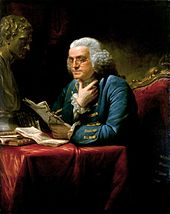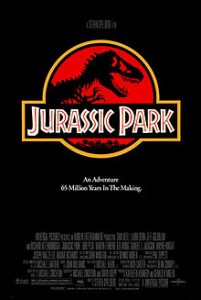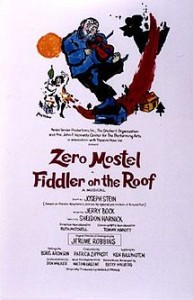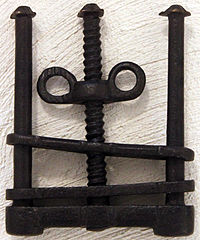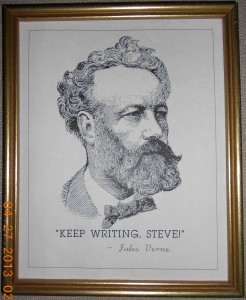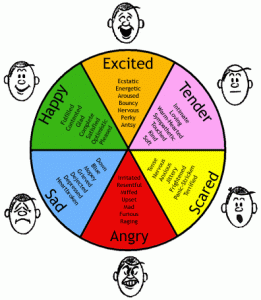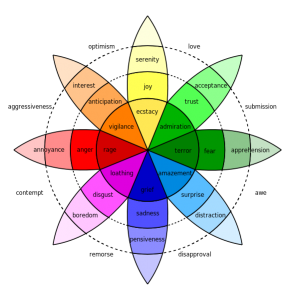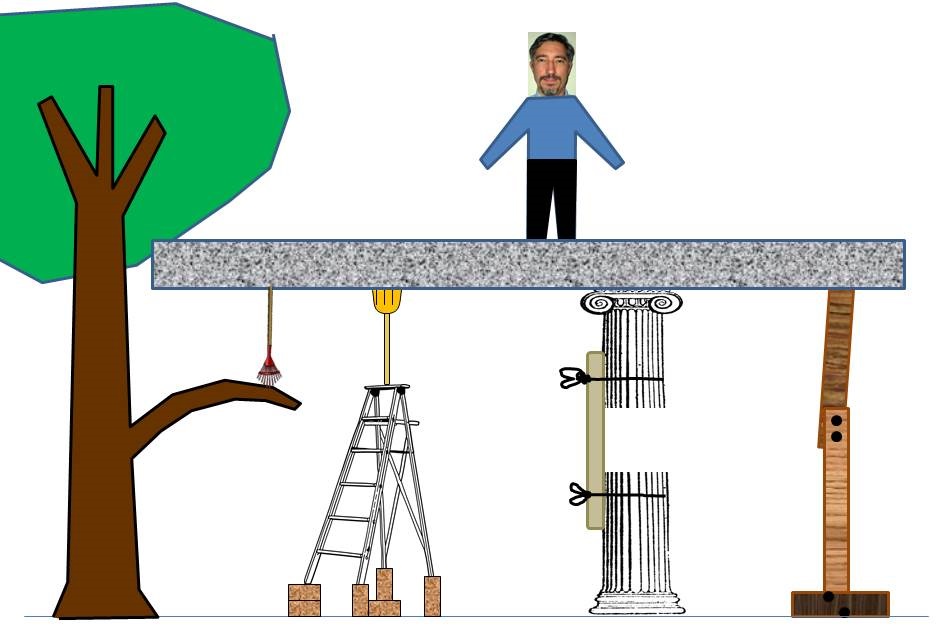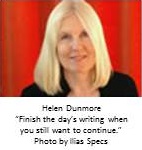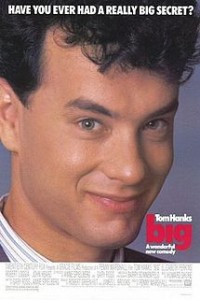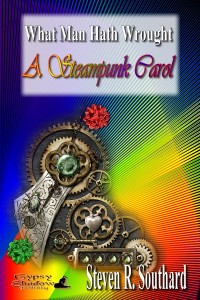One of the ways writers differ is in the type of preparation work they do before the first draft. Some, called pantzers, write that draft “from the seat of their pants.” Plotters, by contrast, organize and lay out their story’s plot and characters within some sort of outline before writing one word of the story.
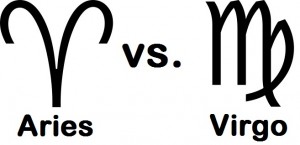 These two approaches might be epitomized by two zodiac signs, and the personality traits attributed to each. Aries is characterized by impulsiveness and rushing right ahead—a pantzer. Virgo is characterized by analysis and careful prior thought—a plotter. Astrology is bunk, of course, but that comparison gave me an image for this blog entry.
These two approaches might be epitomized by two zodiac signs, and the personality traits attributed to each. Aries is characterized by impulsiveness and rushing right ahead—a pantzer. Virgo is characterized by analysis and careful prior thought—a plotter. Astrology is bunk, of course, but that comparison gave me an image for this blog entry.
Which type are you? Is one approach better than the other?
Here are some advantages the pantzers claim:
- I write stories faster, without having to do all that preparatory work first. While the plotter is still doing her careful outline, I’m a quarter done with my first draft.
- My writing has a sense of spontaneity, of natural flow; since I don’t know what is going to happen next, neither do my readers.
- I’ve learned to trust my instincts. I’ll figure out which way to go when I get there. The story has its own direction, and I’ll figure it out.
- I write with a feeling of freedom, without having added a constricting, constraining outline. If I used an outline, I’d feel like I shackled myself.
But the plotters counter with the benefits of their method:
- I dispute the pantzers claim of writing faster. I think plotting helps me avoid getting stuck.
- Good prior planning helps me avoid the kind of re-writing pantzers do to add in earlier parts so the later parts make sense.
- Without a plot outline and some character sketches, I’d lose focus, forget where I’m going, and write aimlessly.
- I write with a sense of comfort knowing I’ve got things all planned out.
I suspect this is really a sort of spectrum, a continuum of ways to write, and that very few people are really located at the extreme ends. That is, I suspect pantzers do a little bit more pre-plotting than they’re willing to admit, even if the organization is not written down. For their part, plotters aren’t always so wedded to their outlines as they think; they’ll deviate if the story takes off in a different direction as they write.
Further, authors may well move back and forth along that spectrum as their career progresses. They may even find some stories require more pre-planning than others, so they become adept at both methods. My guess—and it’s only a guess—is that among the more accomplished and prolific authors there are more pantzers than plotters. I think they’ve developed sufficient writing skills so they no longer need a written outline and have come to trust their abilities in avoiding, or writing their way out of, plot problems.
As for me, I’m further over toward the plotter side, though I’ve been exhibiting pantzer tendencies lately. Those who adhere to the snowflake method of writing are definite plotters. Most of the writing software packages out there are dedicated to plotters. Pantzers would find the snowflake and such writing software quite frustrating.
So, in this battle of pantzers vs. plotters, who wins? Naturally, you do! You can choose how to write your stories in the manner that suits you best. You can change that method later if you want, depending on what ends up working for you. Please leave me a comment letting me know whether you’re a pantzer or a plotter, and why. It’s okay to share your secret with the Internet, and with—
Poseidon’s Scribe

